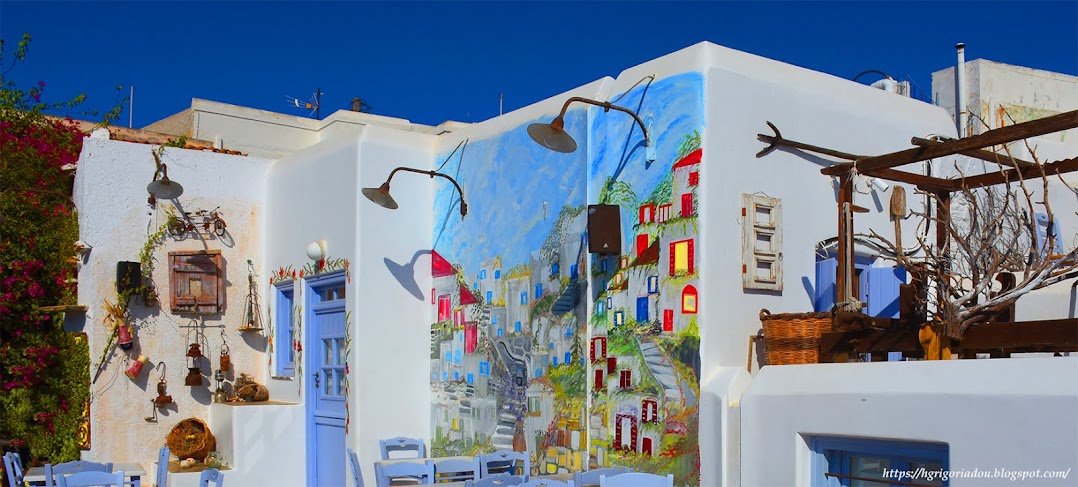Wadi Rum is Jordan’s fourth UNESCO World Heritage site, joining Petra, Quseir Amra, and Um er Rassas on the list of unique sites which are considered to be of outstanding universal value to humanity. Jordan would be campaigning for the Dead Sea to be named as one of the New Seven Wonders of Nature.
Wadi Rum’s orange landscape contains extraordinary natural elements due to long-term geological processes, extending over several million years. Canyons, ochre mountains, gold sand dunes or red valleys, giving a majestic dimension to the landscape.
People have lived in this hostile and magnificent desert environment for the past 12 000 years! Archaeologists are certain that the Wadi Rum area was inhabited in the Prehistoric periods, mainly the Neolithic period between the 8th and 6th centuries BC, and was known as Wadi Iram. Fresh water springs made Rum a meeting center for caravans heading towards Syria and Palestine from Arabia.
Flowers and plants grow in Wadi Rum are all protected!
Even though Bedouins live in harsh conditions, Wadi Rum contains a abundance of plants, such as local herbs that are being used by the Bedouins, as well as various types of desert flowers in that bloom in spring.
The camel is probably the most popular and most frequently seen animal in the desert. The bedouins let them roam freely through the area during the day. After the camel, the second most popular animal is the oryx antelope, which is now being protected in a natural reservoir close to Wadi Rum because of its’ endangered status.
Wadi Rum is probably best known because of its connection with the enigmatic British officer T.E. Lawrence, who was based here during the Great Arab Revolt of 1917-18, and as the setting for the film that carried his name "Lawrence of Arabia".
Wadi Rum may be the most popular earthly representation of the surface of Mars, and has long inspired space-movie filmmakers.
And while there are deserts to see in many places around the world, there aren’t that many on the WH list. Tassili n'Ajjer (Algeria) and Air and Ténéré (Niger) are the most comparable sites to Wadi Rum, but these are much less accessible.
Wadi Rum is an area protected by the Aqaba Special Economic Zone Association (ASECA) since 1988, The ASECA takes care of preserving the nature and the Bedouin living within Wadi Rum. It has been protected by UNESCO since 2011.










